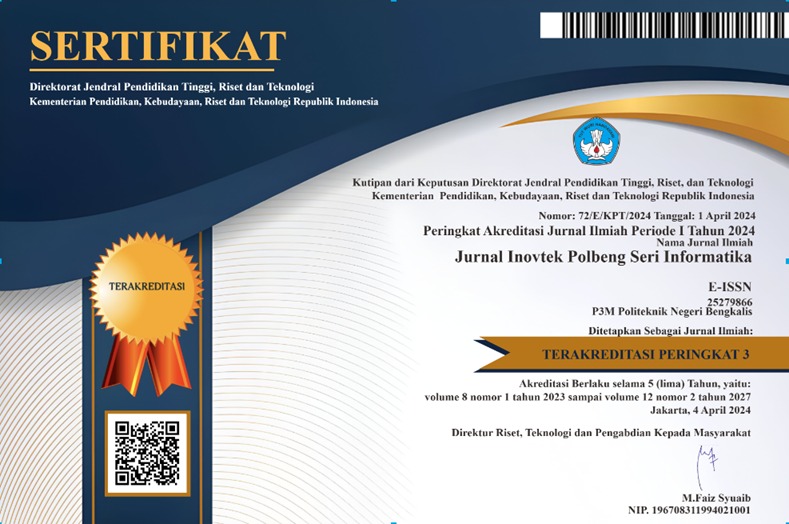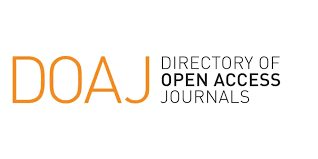Application of Machine Learning in Analyzing Bandwidth Usage Patterns for Internet Service Providers
DOI:
https://doi.org/10.35314/h2p5s858Keywords:
Machine Learning, Random Forest, K-Means, Bandwidth Usage PatternsAbstract
This study aims to address bandwidth management challenges faced by Internet Service Providers (ISP) through the application of machine learning techniques for analyzing usage patterns and forecasting future demand. A key novelty of this research lies in the combined use of K-Means clustering for dynamic customer segmentation based on real-time utilization patterns, followed by accurate short-term forecasting using Random Forest regression, specifically tailored for corporate client bandwidth planning. Data was collected from 12 corporate customers over a three-month period (January–March 2025) at five-minute intervals using the PRTG Network Monitor. The analytical workflow included data preprocessing, customer segmentation using K-Means clustering, and short-term bandwidth prediction using Random Forest regression. The clustering results classified customers into three main categories: underutilized, optimal, and overutilized, with a silhouette score of 0.663 indicating good cluster separation. The regression model achieved a coefficient of determination (R²) of 0.931, a Mean Absolute Error (MAE) of 0.036 Mbps, and a Root Mean Square Error (RMSE) of 0.062 Mbps, demonstrating high predictive accuracy for operational planning. This study is limited by the relatively short observation period and the exclusion of external variables in the modeling process. For future work, the use of deep learning methods such as Long Short-Term Memory (LSTM) or Temporal Convolutional Networks (TCN) is recommended, along with the integration of external features such as time-based traffic anomalies and customer profiles, to enhance model robustness, accuracy, and generalization.
Downloads
Downloads
Published
Issue
Section
License
Copyright (c) 2024 INOVTEK Polbeng - Seri Informatika

This work is licensed under a Creative Commons Attribution-NonCommercial-ShareAlike 4.0 International License.














